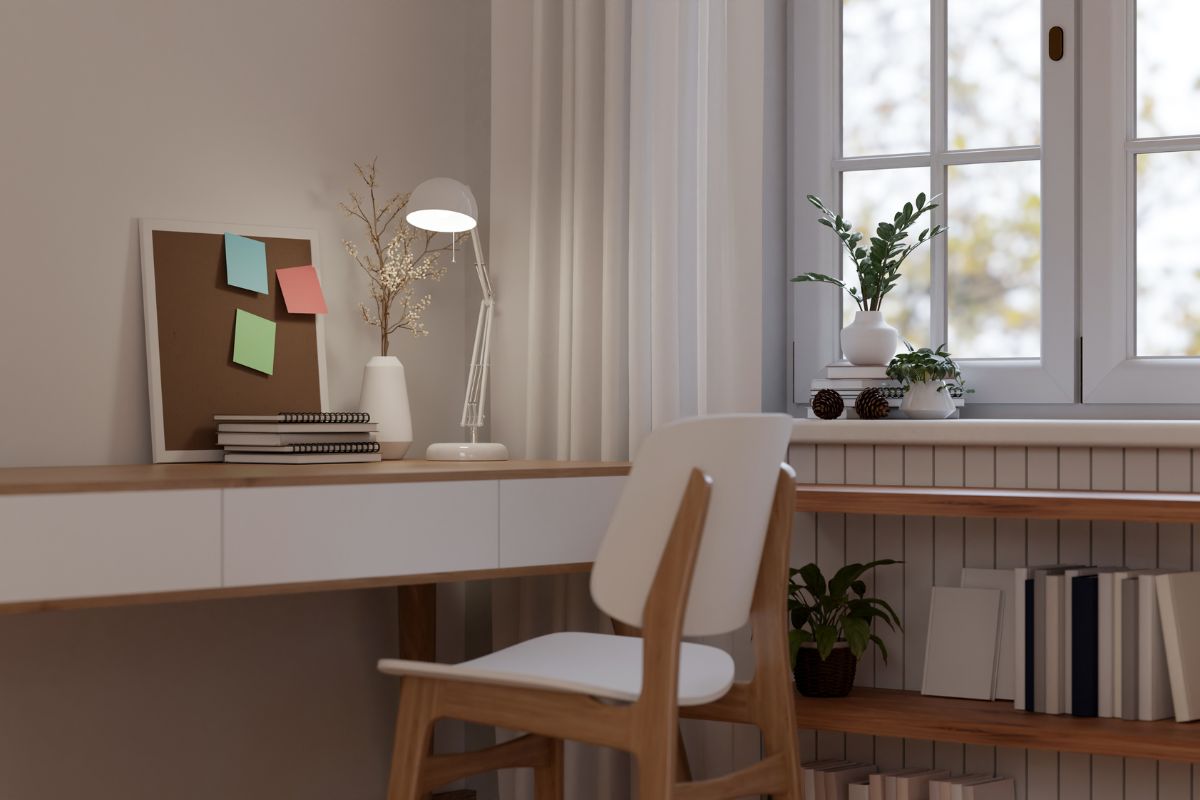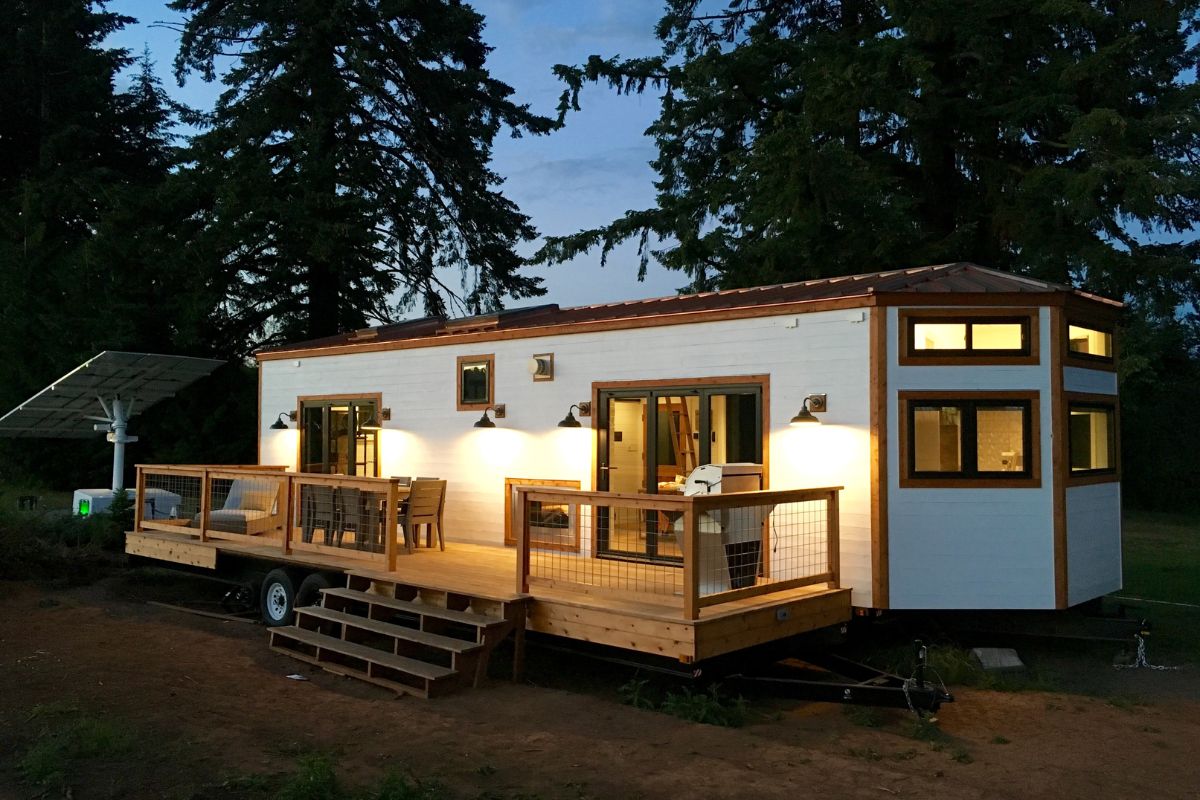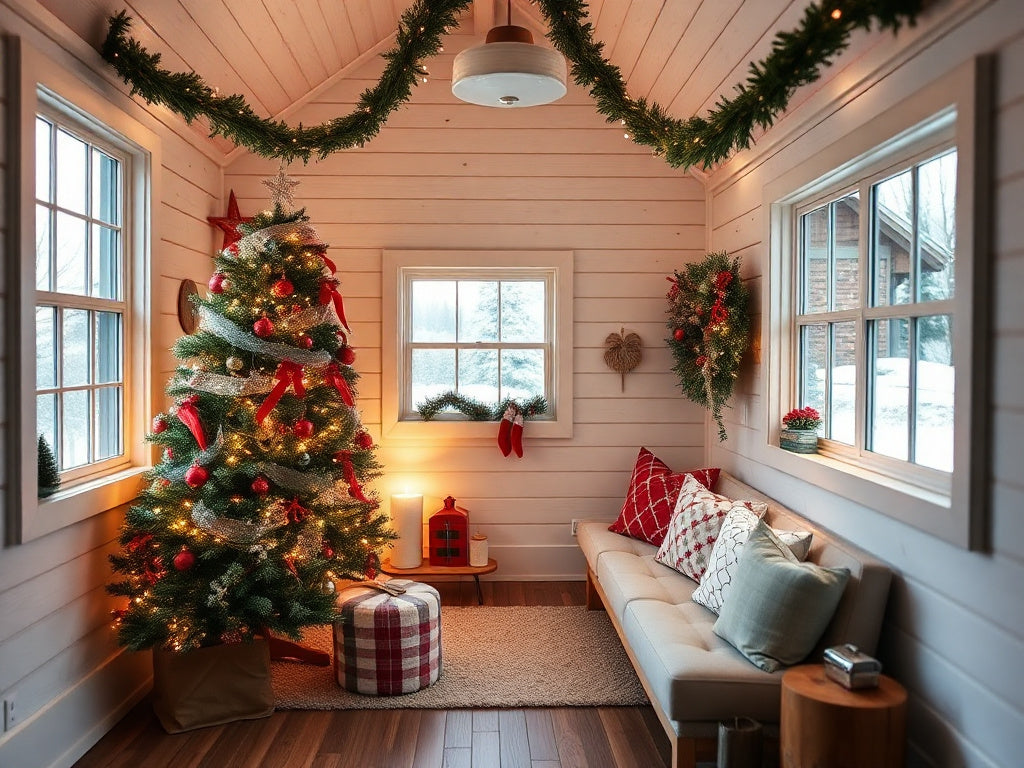Lecture halls need to have comfortable furniture and natural light. They need to include natural elements such as plants and flowers. The lighting should not be overdone and the seating arrangement should not be chaotic.
Every aspect of interior design has an impact on student well-being and productivity.
Increasing productivity by adding natural elements in the house
A report by Science Direct shows nature improves the mental health of learners. The report shows staying for 10 minutes in a natural setting improves their wellbeing. In another study by Healthy Schools BC, nature in the classroom is important. It makes a difference to have plants, flowers, and flowing water. Inside the house, be keen on the types of plants or flowers you put in your study area.
Some of the important plants are the Spider Plant and Aloe. The Snake Plant and Peace Lily can also work well. Flowers choices for learning spaces are important too. Colors such as orange, red, or pink can be perfect. Studies by Forest Nation show plants improve air quality. Due to fresh air, student concentration increases. Their retention improves and stress decreases. As a result, student productivity increases. They feel confident which is important for their mental health.
Student workspace settings are important in improving student health and performance. Many other things play an important role in learner health and productivity. They include a motivating environment, social life, and academic workload. The amount of homework a learner has to deal with is especially important.
Educators must give assignments based on curriculum demands. The solution that works best for learners is to get students help online. They can reach out to an essay writing service online and achieve academic success. The benefit of using professional writers is their ability to research and write. The student gets to relax in their mind and eliminate homework stress for better health.
The design of student workspace to improve health
A report by ResearchGate shows quality workspaces affect performance. The National Institutes of Health reports that improved interior design helps people cope with challenges. An attractive workspace boosts engagement. Students feel relaxed and satisfied. Smart Desk recommends organizing the workspace in a U-shape.
The seats should support their back well to avoid back pains. The hands should rest comfortably on the desk while writing or studying. A well-designed workspace offers a variety of benefits.
- Improves back health of learners
- Minimizes stress caused by pain
- Helps students focus better while learning or studying
- Makes learners feel relaxed
Colors impact on student health and productivity
Verywell Mind reports that colors have a psychological effect on people. They not only evoke emotions but also affect choices. In a report by Journal Agent, colors affect user perception. Based on other reports, colors are manipulative on student actions and behavior. They have an impact on attention, mood, and brain stimulants in a big way.
Based on these reports, pay attention to your interior colors. Studies show low wavelength colors are calming to the mind. These are colors such as blue, orange, and yellow. Orange improves focus, green enhances restfulness, and blue boosts mind flow. Good color choices help stimulate the student's brain.
This stimulation causes the release of more dopamine which makes the body relax. Warm colors such as orange and red stimulate energy. Learners feel comfortable and concentrate better.
.jpg)
Lighting and student productivity
University College London studied how lighting affects academic performance. They found that the amount of light and its brightness affect concentration. Based on the report, too much artificial light increases air temperature. It increases the amount of carbon dioxide. Too much light could affect a student's eye strength and CO2 affects brain health.
An NIH study shows natural light can improve learning. Learners concentrate better and perform better in academics. The study and learning environment should be designed to allow more natural light. When using artificial lighting, color choices should be considered. So go for the cooler color temperatures. Experts advise the ranges of 2,700 to 3,500K.
The colors should stir an energetic atmosphere. The light glare should not be disturbing. This ensures the learners have visual comfort. The right color temperature has the power to improve concentration. They minimize hyperactivity while promoting focus. Lighting for the corridors can be brighter to avoid dark walkways. Darkness could instill fear and lack of safety in the minds of students.
Interior design layout to promote movement and accessibility
The layout of the interior design should promote movement. Squeezed spaces could cause stress and negatively impact a learner's mental health. An MDPI report shows interior design affects people’s cognition. The size of the space impacts physiological ability and emotional power. Smaller spaces limit engagement and take away enjoyment.
They limit movements and the quality of learning. In the long run, it affects the learner's attitude and behavior. Their achievement diminishes and the probability of success gets lesser. The space available should be large enough. The goal should be to allow movement and accessibility.
When there is no congestion, students breathe fresher air. Their brain receives more quality air and blood circulation from the heart improves. Squeezed spaces hinder student choices when they need to select a good study space. It harms their comfort and autonomy.
Smaller spaces could make learners perform poorly due to mental and physical strain. Larger spaces could lead to better performance due to a relaxed mind.
The wellness concepts of a good learning environment
Overall, schools need to consider every wellness concept of a good learning environment. The learning space must have free and enough airflow to allow fresh air all the time. There should be enough fresh and healthy water available in the institution.
The school should offer nourishment in terms of socialization and care. Students need to have good thermal comfort and movement without strain. The entire environment should promote innovation. It should promote belonging to a community, and soundness of mind.
Conclusion
Studies show people’s surroundings affect both their mental and emotional health. The interior design of a learning environment can help improve performance.
The design also has the power to make students perform poorly. You should invest in creating learning spaces that promote student health. Provide ample spaces that allow free movement to minimize stress. Make sure to include natural plants and lighting. The colors and desk arrangement must be attractive to promote a good mood.






Share: